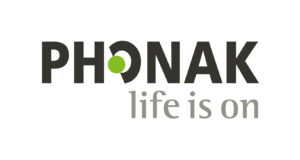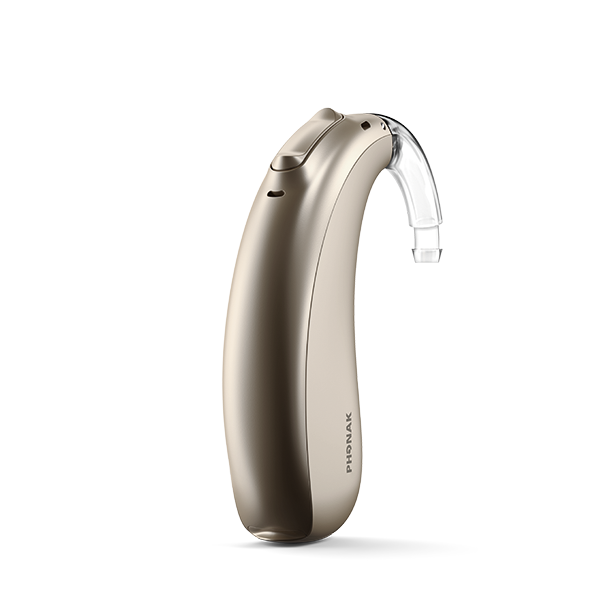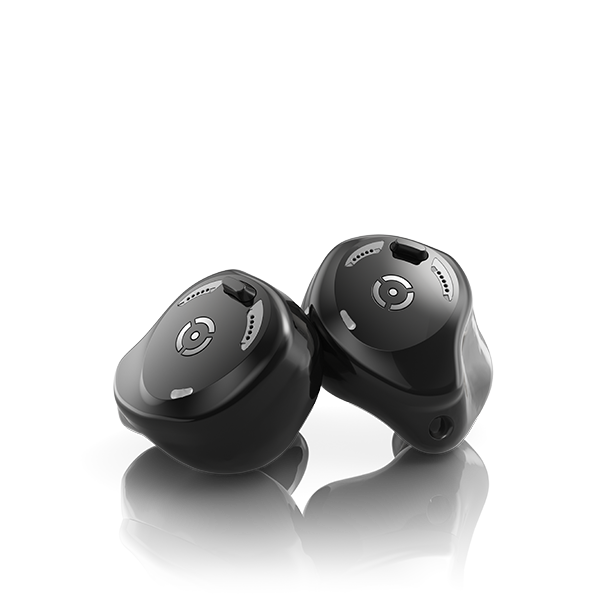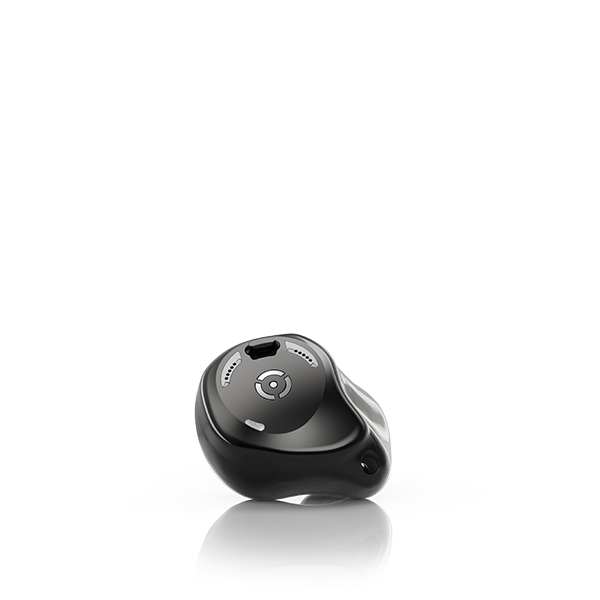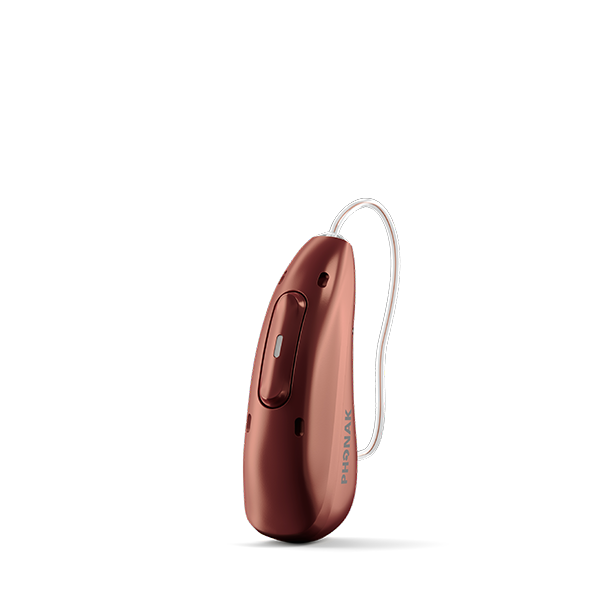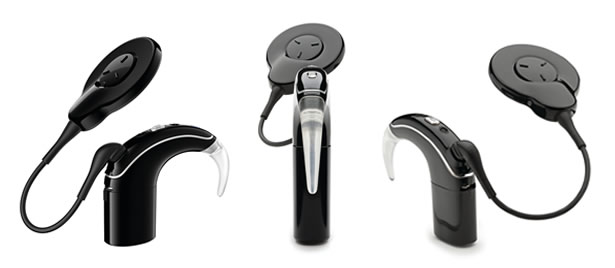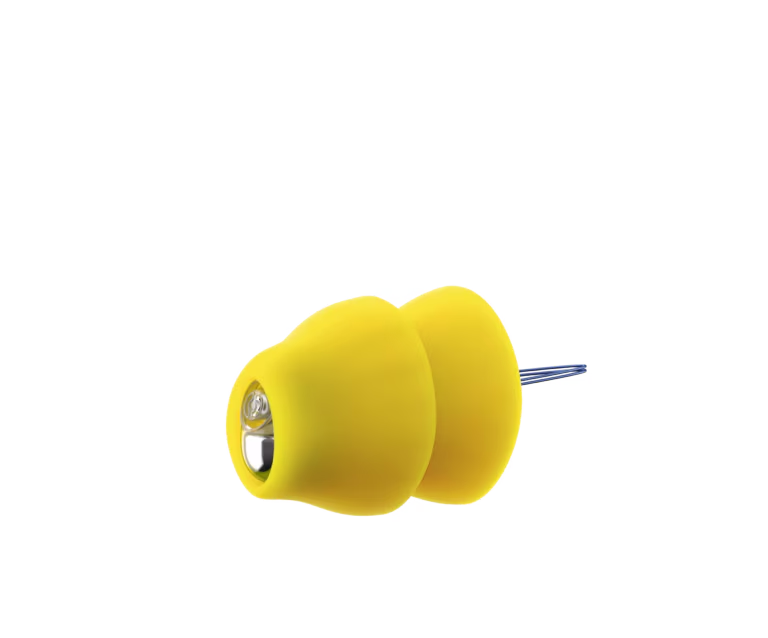Hearing Aids
Types of Hearing Aids
Choosing the Right Hearing Aid: Factors to Consider
DEGREE OF HEARING LOSS
Hearing aids come in various styles, each catering to different levels of hearing impairment. For instance, individuals with mild to moderate hearing loss might find smaller, more discreet devices like Completely-in-the-Canal (CIC) or In-the-Canal (ITC) models sufficient. On the other hand, those with more severe hearing loss may require the power and versatility of Behind-the-Ear (BTE) or Receiver-in-Canal (RIC) models, which can amplify sound more effectively and accommodate advanced features like directional microphones and noise reduction.
It's important to undergo a thorough hearing evaluation with an audiologist to determine the extent of your hearing loss. This evaluation will guide the selection process, ensuring that the chosen hearing aid meets your specific needs. Remember that while certain styles may be more cosmetically appealing, the primary goal is to improve your hearing ability effectively.
COMFORT AND FIT
A well-fitting hearing aid can significantly impact your willingness to wear it consistently. Custom-fit models, such as In-the-Ear (ITE) and In-the-Canal (ITC) devices, are molded to the shape of your ear, providing a secure and comfortable fit. This customization minimizes the likelihood of discomfort or irritation, ensuring that the hearing aid feels like a natural part of your ear.
Moreover, comfort isn't just about the physical fit; it's also about how the hearing aid feels during various activities. For instance, if you wear glasses or use a phone frequently, you'll need a hearing aid that doesn't interfere with these actions. Behind-the-Ear (BTE) and Receiver-in-Canal (RIC) models, while slightly larger, offer adjustable options that can be fine-tuned to ensure they don't cause discomfort during regular use.
Lifestyle and Daily Activities
If you lead an active lifestyle, frequently participating in outdoor activities or spending time in noisy environments, you'll need a hearing aid that can keep up. Modern hearing aids offer features like water resistance and robust construction to withstand various conditions. Devices with advanced noise reduction capabilities are beneficial in environments with background noise, such as restaurants or social gatherings, where speech clarity is key.
Conversely, if your daily routine involves quieter environments, such as spending time at home or in one-on-one conversations, you might prioritize comfort and simplicity over high-tech features. The right hearing aid will align with your lifestyle, providing the necessary support where and when you need it most.
Technological Features
Hearing aids today are advanced devices with features like Bluetooth connectivity, allowing for seamless audio streaming from smartphones, TVs, and other devices. This is especially useful for those who enjoy music, movies, or phone calls. Many hearing aids also include apps for easy control of settings via your smartphone. Noise reduction is another key feature, improving hearing in noisy environments by focusing on speech sounds. Some models adapt automatically to different sound environments, enhancing hearing and overall quality of life.
Hearing Aid Fitting and Customization
The hearing aid fitting process ensures that the device amplifies sound in a way that is both effective and comfortable. An audiologist will conduct detailed tests to assess your specific hearing needs and program the hearing aid to match your hearing profile. This personalized adjustment enhances speech clarity and reduces background noise, making the device more effective for everyday use.
In addition to sound quality, the fitting process also focuses on the physical comfort of the hearing aid. The audiologist may create a custom earpiece or adjust the device's placement to ensure it fits well and stays secure in your ear. A properly fitted hearing aid not only improves comfort but also prevents issues like discomfort or irritation, encouraging regular use. Follow-up visits help fine-tune the fit and settings as you adjust to the new device.
Proper maintenance is vital for the longevity and effectiveness of hearing aids. Regular care ensures that the devices remain in good working condition, providing consistent sound quality.
Daily Care Tips
Incorporating daily cleaning into your routine is a simple yet effective way to keep your hearing aids functioning at their best. Making daily care a habit, you not only extend the lifespan of your hearing aids but also ensure they provide consistent, reliable performance day after day.
Cleaning and Storing Hearing Aids
To keep your hearing aids working well, clean them daily with a soft, dry cloth to remove earwax and debris. Avoid using water or cleaning solutions that could damage the electronics. If your hearing aids have cleaning tools like a small brush or wax loop, use them to gently clear away any particles around the microphone and receiver openings.
When storing your hearing aids, choose a dry, cool place and use a protective case to shield them from dust and damage. If you live in a humid area or sweat frequently, consider using a dehumidifier for your hearing aids overnight. Remember to open the battery door during storage to allow air circulation and preserve battery life. This careful handling helps keep your hearing aids ready for daily use.
Troubleshooting Common Issues
Even with regular maintenance, you might face some common issues with your hearing aids. Feedback or whistling sounds can occur due to a poor fit, earwax buildup, or device malfunction. To address this, ensure your hearing aids are properly seated in your ears. If the problem persists, clean your hearing aids to remove any wax or debris. If these steps don’t help, consult with your audiologist for adjustments or repairs.
Battery-related problems are another frequent issue. If you experience reduced sound quality or your hearing aids don’t turn on, check the batteries. Ensure they are inserted correctly, and look for any corrosion in the battery compartment. Replace old batteries with new ones and ensure rechargeable hearing aids are fully charged and that the contacts are clean. For ongoing battery issues, a visit to your audiologist may be necessary to address any device-related problems.
Regular Check-ups
Regular check-ups with your audiologist are important for keeping your hearing aids in top shape. During these appointments, your audiologist will clean and inspect the devices, making any necessary adjustments to optimize their performance based on your current hearing needs. These visits help catch and address minor issues before they become more serious, ensuring your hearing aids continue to deliver the best sound quality.
Alongside professional check-ups, incorporating self-care into your routine is key. Regularly inspect your hearing aids for any visible damage, such as cracks or loose parts, and address any issues promptly. Combining self-care with regular professional visits helps maintain your hearing aids in excellent condition, ensuring they provide reliable support for your hearing needs.
Battery Maintenance and Replacement
Battery maintenance plays a significant role in keeping your hearing aids working well. For those using disposable batteries, it's helpful to establish a routine for checking and replacing them to avoid any interruptions. Typically, batteries last between three and ten days, depending on the hearing aid type, settings, and usage. Keeping spare batteries available and replacing them promptly when sound quality drops or a warning beep sound will keep your hearing aids functioning without a hitch.
For rechargeable hearing aids, following proper charging habits is important for long-term battery health. Adhering to the manufacturer's guidelines for charging cycles and avoiding overcharging will help extend the battery's lifespan. Regularly cleaning the charging contacts ensures a good connection for efficient charging. Whether you use disposable or rechargeable batteries, maintaining them regularly will keep your hearing aids reliable and performing well throughout the day.
Addressing Feedback, Battery Issues, and Connectivity Problems
Feedback or whistling in hearing aids often results from an improper fit or earwax buildup around the microphone and receiver areas. Ensuring a snug fit and regular cleaning can usually resolve these issues. If feedback persists despite these measures, consulting your audiologist for a professional assessment might be necessary.
Battery issues can also impact hearing aid performance. For devices using disposable batteries, check that they are fresh and correctly inserted. Rechargeable models should be properly placed in the charging station, and contacts should be clean. Bluetooth connectivity problems can often be fixed by restarting or re-pairing the devices. If these issues continue, professional help may be needed to address any underlying problems.
Our Hearing Aid Partners
Hearing Aid Services
- In-office demonstration of hearing aids/accessories
- 3 year warranty on all makes and models
- Personalized treatment plan
- 45 day trial period
- No-interest financing available
- In office repair work
- Hearing aid repair clinic for walk-in appointments

